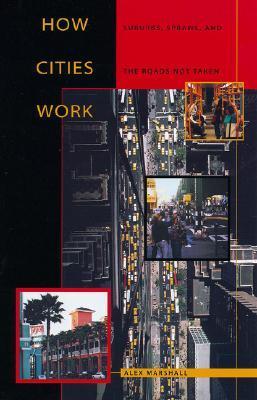What do you think?
Rate this book


269 pages, Paperback
First published January 1, 2001
less a blend of old and new than a masquerade. New Urbanism is really more comparable to the wood-grained strips of plastic that used to be put on station wagons in the 1960s. The New Urban design philosophy is akin to dressing up a car to look like a horse-drawn carriage, and then saying you have brought back the intimacy and community of carriage life. p.25